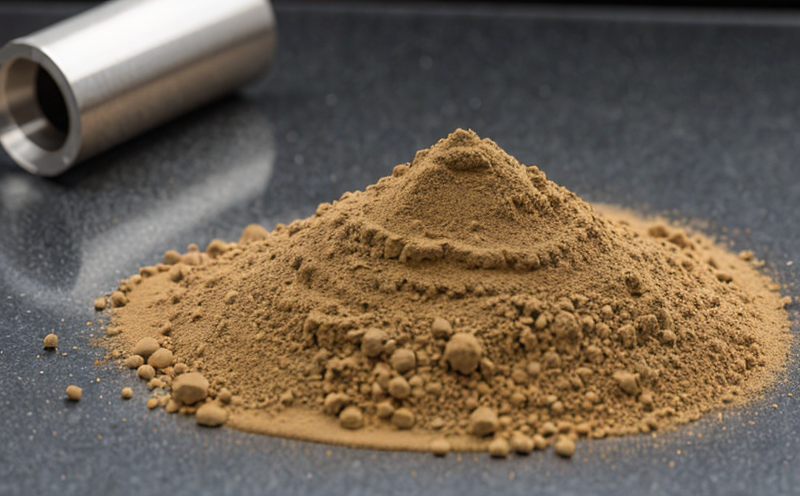ASTM D792 Density and Specific Gravity Testing of Polymers
The ASTM D792 standard test method is a fundamental procedure used to determine the density and specific gravity of polymers. This service ensures that raw materials meet specified requirements, providing critical data for quality assurance, product development, and compliance with industry standards.
Accurate measurement of density and specific gravity is essential in additive manufacturing (AM) and 3D printing processes where precise control over material properties is paramount. The test involves submerging a sample into a solvent under controlled conditions to measure the volume of the displaced liquid, from which the density can be calculated.
The precision of ASTM D792 testing directly impacts process efficiency in AM and 3D printing. For instance, knowing the exact density allows for accurate material selection and optimization of print settings such as layer height and infill percentage. This ensures that the final product meets its intended specifications, whether it's strength-to-weight ratio or functional performance.
Understanding the specific gravity also aids in comparing different polymer types or grades within a single material family. For example, in thermoplastics, higher specific gravity often correlates with greater molecular weight or crystallinity, both of which influence melt flow and processability in AM applications.
| Step | Action | Considerations |
|---|---|---|
| 1. Sample Selection | Select representative samples from the batch. | Avoid contamination and ensure homogeneity. |
| 2. Conditioning | Condition the sample at room temperature for 7 days. | Maintain constant environmental conditions to avoid expansion or contraction. |
| 3. Cutting and Grinding | Cut samples into small, uniform pieces. | Ensure all pieces are of similar size for consistent results. |
Why It Matters
Accurate density and specific gravity measurements using ASTM D792 are crucial for several reasons:
- Quality Control: Ensures that raw materials meet the required specifications, reducing the risk of defects in final products.
- R&D Optimization: Provides insights into material behavior under different conditions, aiding in process optimization and innovation.
- Compliance: Facilitates adherence to industry standards, ensuring compatibility with regulatory requirements.
- Cost Efficiency: Minimizes waste by optimizing material usage during the AM and 3D printing processes.
Incorporating ASTM D792 into your testing protocol ensures that you have reliable data to support decisions throughout the product lifecycle, from development to production.
Environmental and Sustainability Contributions
Accurate density measurements contribute positively to environmental sustainability by enabling more efficient use of raw materials. By optimizing material selection based on ASTM D792 results, manufacturers can reduce waste and energy consumption in the production process.
In AM and 3D printing, minimizing material usage not only reduces costs but also decreases carbon footprint. Additionally, knowing the specific gravity helps in selecting materials that are less prone to warping or deformation during processing, leading to higher first-pass success rates and reduced rework.
By adhering to ASTM D792 standards, laboratories play a vital role in promoting sustainable practices across industries by providing accurate data that supports environmentally friendly processes.
Use Cases and Application Examples
- Thermoplastic Polymers: Ensuring correct material selection for extrusion-based AM processes.
- Thermosetting Polymers: Monitoring curing process to achieve optimal properties.
- Polymer Nanocomposites: Evaluating the effect of nanofillers on overall density and performance.
- Fiber-Reinforced Polymers: Assessing the impact of fiber orientation on material characteristics.
The following table illustrates how ASTM D792 is applied across various scenarios in AM and 3D printing:
| Material Type | Purpose of Test | Expected Outcome |
|---|---|---|
| Polycarbonate (PC) | Evaluate material for aerospace applications. | Determine if the PC meets specific strength and weight requirements. |
| Polyethylene Terephthalate (PET) | Assess suitability for automotive parts. | Ensure PET density is within acceptable limits to support lightweighting goals. |
| Nylon-6 | Optimize 3D printing parameters for consumer goods. | Evaluate the impact of different printing settings on final product quality. |





